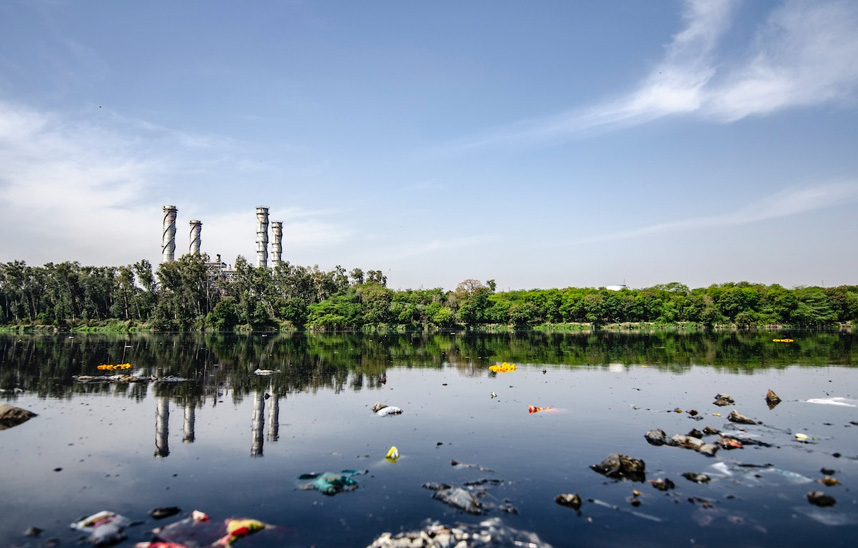A new ISEM study on "Policy, sustainability and innovation in fast fashion and luxury fashion groups".
A paper by Professors Silvia Pérez-Bou and Isabel Cantista analyzes the role of the Sustainable Development Goals, the UN Fashion Industry Charter for Climate Action and the Fashion Pact in some of the leading companies in the fashion industry.

05 | 10 | 2022
- Sustainable Development Goals: these are 17 interconnected global goals designed as a blueprint for achieving a better and more sustainable future for all. The SDGs were established in 2015 by the United Nations General Assembly and are intended to be achieved by 2030.
- Fashion Industry Charter for Climate Action: As part of the December 2018 United Nations Climate Change Conference (COP24 in Katowice, Poland), leading fashion brands, retailers and supplier organizations agreed to collectively address the climate impact of the fashion sector across their entire value chain, with a particular focus on strategies for decarbonization.
- Fashion Pact: is the first major global coalition of fashion companies (including suppliers and retailers), to tackle key environmental objectives in three areas: stopping global warming, restoring biodiversity and protecting the oceans. French President Macron asked the Chairman of the Kering Group to launch this initiative during the G7 summit in August 2019. It was immediately signed by 32 of the world's leading companies in the sector, and currently welcomes companies that account for more than a third of global turnover.
The researchers have used a qualitative methodology, thanks to which they have been able to analyze more than 100 documents published by the fashion groups themselves or by the companies and institutions with which they collaborate. A work that has taken them from May 2019 to December 2021. Going into detail about what the research reveals in each group, according to the published documents, in Inditex, for example, sustainability is a central element of its business and has circularity and digitization as pillars. In addition, they address social and environmental aspects through different programs that have been creating social value in their community and also in the industry. H&M is the one that has collaborated with the largest number of organizations, covering different initiatives: from the promotion of circularity in several of its brands (with rental systems or second-hand sales), to support for textile innovation start-ups, through initiatives with workers or alliances for more sustainable transport, with Maersk. Burberry in turn is following a dual sustainable approach through its Foundation and the brand itself. On the one hand, they contribute to social sustainability by sponsoring organizations focused on equal opportunities and youth education. Their reports reflect the gender gap in male-female salaries and how they are working to even it out, have started doing carbon neutral fashion shows (offsetting emissions), and have changed their practices to stop burning unsold items. Although they are looking into using more sustainable materials, the Dirty Fashion Report assessed that the group was "falling behind" due to its viscose sourcing practices. For its part, the Kering Group is seeking to be recognized as number one in sustainability, which it has been working on since 1996. Its sustainability program is based on three pillars: "Caring for the Planet" (environmental), "Collaborating with People" (social) and "Creating new business models" (economic). As the driving force behind the Fashion Pact, the company is working with other companies, leading changes in the industry. Within a year of its signing, 80% of the companies had incorporated strategies and practices (greater use of renewable energies, reduction of GHG emissions, new materials, etc.). The conclusion of this study is that, when analyzing the information on sustainability prepared by companies, the documents mentioned (SDGs, UN Fashion Charter and Fashion Pact) play an essential role both in the practices they develop and in the strategies they propose. In order to achieve the objectives, collaboration with other institutions and companies is necessary. In short, these international policy initiatives have had a positive influence on the fashion groups studied. Therefore, two of the commonly recognized drivers for Innovation Systems (political and business power) are also effective when creating synergies in innovation for sustainability in fashion.
